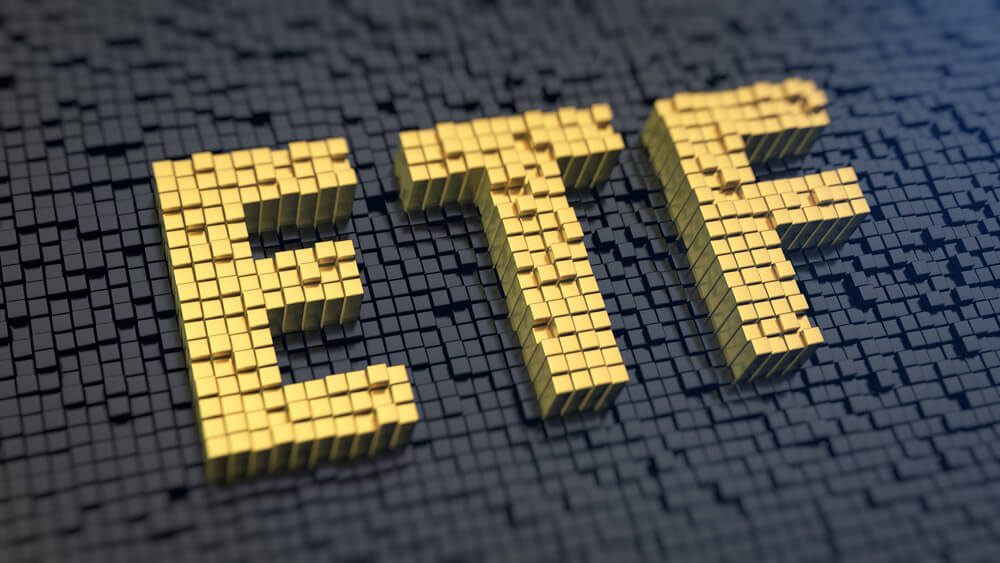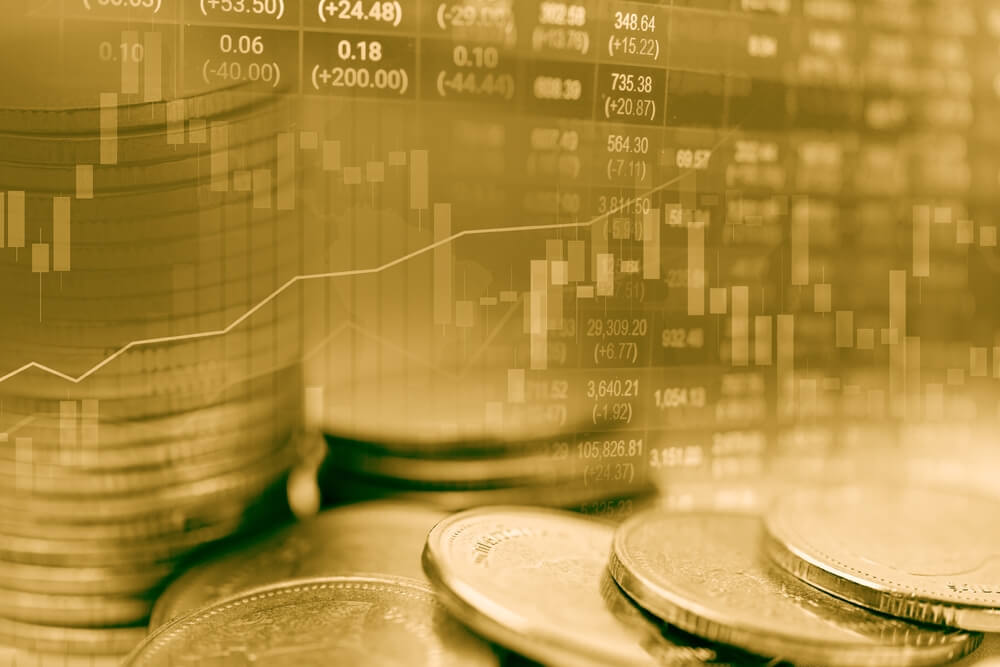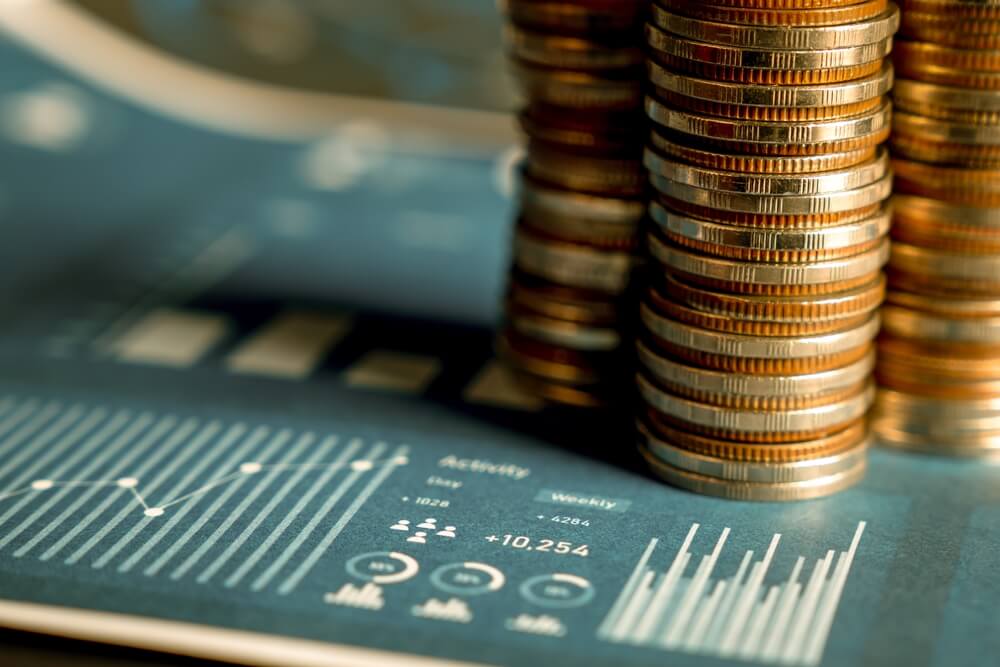
Why Do Banks Buy Gold?

When the gold standard was in place, banks held onto a lot of gold as the yellow metal was the basis for valuing a nation’s currencies. In other words, the different country’s central banks were expected to maintain a gold reserve to support the circulating money in their respective economies. They were expected to keep a specific volume of gold reserves on par with their liabilities to conform to “gold reserve ratio” standards. Moreover, commercial banks also housed the precious metal to ensure sufficient liquidity for meeting customers’ cash withdrawal demands.
Table of Contents
The gold standard is long abandoned. Banks are no longer required to hold on to a certain amount of gold in their reserves. There’s no reserve ratio to keep up with as well. But banks have not relinquished all their gold holdings. Their total gold holdings may not be on par with the stockpiles of gold from decades ago, but the existing reserves are nothing to scoff at either. Why do banks continue to buy gold? Read on to find out the reasons.
Read more: Top Gold IRA companies
Why Do Banks Purchase Gold?

As mentioned earlier, banks have not stopped purchasing gold. According to a yearly central bank survey conducted in 2022, the WGC (World Gold Council) said more than 60 percent of central bankers polled believe worldwide gold stockpiles will increase next year, provided the gold supply meets the total gold demand. So, why do banks continue to be net buyers of gold? Let’s find out.
Diversification
Not just for individuals and private institutions, gold is an effective portfolio diversifier for banks too. With some gold in the kitty, banks are better prepared to manage economic turmoil, fiat currency fluctuations, and protect their dollar-denominated assets against inflation. Gold typically rises when there are inflation concerns. Moreover, gold holds zero liability and can mitigate risk. The financier JP Morgan once famously said, “Gold is money. All other things are credit,” bringing to light gold’s intrinsic benefits. That popular quote continues to ring a bell even today.
Value Store
Since gold is intrinsically valuable, banks keep gold to preserve their money and safeguard against the value erosion of fiat currencies or paper money. Countries (particularly emerging economies) and individual investors have ignored gold when the global economy is not threatened since the premium metal doesn’t yield returns. However, when the going gets tough, or there’s rising inflation and increased volatility concerns, gold shines as it is not linked with any country’s economy and is immune to financial and political turmoil.
Bank Reserves
Several central banks buy gold to meet their official gold reserve requirements. The precious metal plays a key role in the banks’ reserves management. To reiterate, the gold standard is long gone. But because the yellow metal is valuable and highly liquid, it makes “banking” sense to hold on to a good portion of gold and continue supporting the national currency. As mentioned above, a nation’s currency is just a piece of paper if it doesn’t have the government’s backing. And to support the money, central banks require an intrinsically valuable asset, which is invariably gold.
Decrease Dependence on the Dollar
Buying gold also helps ditch foreign currencies, especially the weakening dollar. Countries require the US dollar to pay for external debts and imports. And as the U.S. Federal Reserve increased interest rates, the currency’s value and other government-backed papers in reserve have fallen. Several central banks of various countries and the European Central Bank have taken the development as a sign to swap treasuries and banknotes for gold. Nations, however, continue to have the US dollar in their foreign reserves since the greenback is the de facto global currency.
Trading and Lending
Banks are for-profit entities. As a result, they, too, would want to benefit from the fluctuating gold prices. In other words, banks can hold on to gold for trading reasons. They could buy and sell gold in the gold market to generate a profit. Central banks could also lend the precious metal to investors or other banks to create extra income. Do note that banks sell gold only as a last resort or during a financial emergency. Do not expect central banks to indulge in trading like regular traders do.
Read more: Best gold IRA companies
Conclusion
Gold played a significant part in global monetary policy in the past decades or even centuries when gold prices were utterly driving currency. That fixed currency system has been discontinued since 1973. But most central banks continue to hold a certain amount of gold in the reserves, as explained above, proving that the yellow metal will keep its sheen literally and economically for the foreseeable future. It won’t be far-fetched to opine that gold has been enabling central banks for decades and continues to empower them.
Do note that the above central bank gold reserve figures may not be accurate. They are approximate figures or may be even further from the actual number, as not all nations regularly report their gold purchases. Also, the stockpiles of different countries are subject to change. It will depend on how the physical gold price moves, the money supply, market growth, market volatility, how much of a natural hedge gold continues to be if there are free market excesses, and the banks’ response to those market activities.
FAQs
Which central bank has the biggest stash of gold?
The New York branch of the Federal Reserve contains the most gold among central banks. On a country level, America holds the most gold in its banks by a significant margin. Germany, Italy, France, and Russia are the other nations making up the top five countries with the largest gold reserves.
The American stockpile of more than 8,100 tons is so massive that it is almost greater than the combined total of the gold assets of the three countries below it. By the way, the gold reserves of all central banks put together amount to more than 35,500 metric tons, which is a fifth of all the gold mined to date. The remainder is out there in the form of jewelry, within electronics and industrial equipment, etc.
Where do central banks source their gold from?
Central banks buy gold from different sources, which include domestic mining companies, global gold markets (London Bullion Market, Shanghai Gold Exchange, New York Mercantile Exchange, etc.), fellow central banks, and private sector investors or dealers that are keen on liquidating their gold holdings.
Where do central banks keep their gold?
Central banks hold gold in subterranean vaults, usually a highly secured underground space or room. Many central banks also store some of the gold they own offshore. For instance, the Bundesbank, the apex bank of Germany, once kept more than half of its gold stock in New York, London, and other foreign locations.
But after courting criticism from its auditors for possible safety concerns, Bundesbank transferred much of the offshore gold back to its motherland. As of now, more than half of the country’s gold holdings are in Frankfurt. More than one-third of the assets are stored in Federal Reserve’s New York branch. The remaining gold is in London and Paris.
How much gold does the IMF (International Monetary Fund) Have?
The International Monetary Fund has the third-largest gold reserve in the world. It holds nearly 2,814.1 metric tons (90.5 million ounces) at its designated depositories. The IMF acquires gold through various channels, primarily as payments from member countries for the interests they owe and as credit repayments. Member nations could also offer gold to the IMF to procure another member country’s currency. South Africa did the same in 1970-71.
What is the difference between gold reserves and foreign reserves?
Foreign reserves or foreign exchange reserves denote assets a country’s central bank holds in foreign currencies. It is discrete from the bank’s gold reserves. The reserves help influence monetary policy and support the country’s liabilities. Foreign reserves could include foreign currencies, treasury bills, bonds, etc.
Initially, a country’s foreign reserves only comprised gold, some silver, and other precious metals. Later, reserve currencies or the dollar too became a constituent of the reserve assets. Although these assets could serve varied purposes, they are primarily held to ensure backup funds if the local currency devalues or becomes completely insolvent.
What is the difference between a national bank and a central bank?
National banks are commercial banks functioning under a central bank. However, a central bank could also be called a “national bank” since a country’s national government controls the bank. The central bank of the United States is the Federal Reserve. Its national banks include Bank of America, Chase Bank, Citibank, Capital One, and PNC Bank. A country’s national bank usually doesn’t hold gold in its reserves. But it could have gold deposited by its customers.


